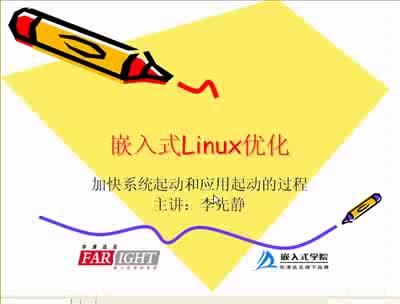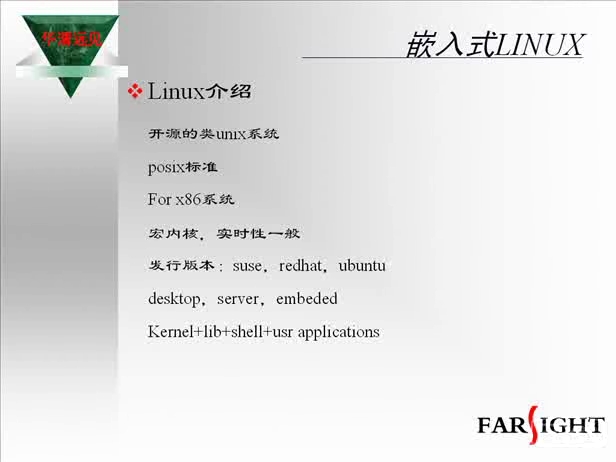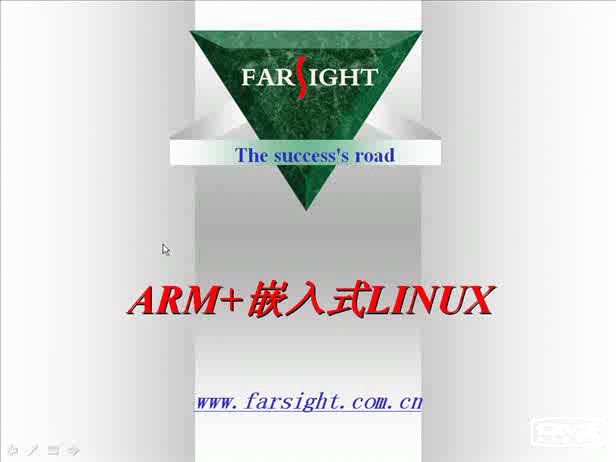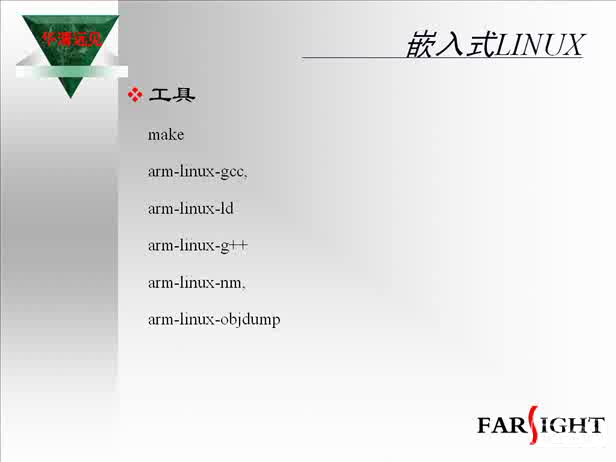linux UART串口驱动开发文档
串口要能够成为终端,必须客外加入终端注册及初始化的代码,这部分很简单,基本上所有的串口驱动都是固定的模式,并无什么修改,主要包括如下结构:
static struct console cs_amba_console = {
.name = ttyBM,
.write = w83697uart_console_write,
.device = w83697uart_console_device,
.setup = w83697uart_console_setup,
.flags = CON_PRINTBUFFER,
.index = -1,
};
串口终端的注册通过下面的函数,将cs_amba_console注册成为终端, 这个函数调用路径是:
start_kernel()→console_init()→ep93xxuart_w83697_console_init()
void __init ep93xxuart_w83697_console_init(void)
终端会对应一种具体设备的driver, 相对于串口这个结构是uart_driver, 在驱动中我们已经提供了一个这样的结构. static struct uart_driver amba_reg, uart_register_driver会将它注册成为终端对应的driver, 因此真正串口与终端的关联就在此处建立.
函数: static int __init w83697uart_init(void)
描述: 调用uart_register_driver()完成串口与终端的关联,将串口注册成为一种TTY设备,在uart_register_driver()当中调用tty_register_driver()完成TTY设备注册; 其次是完成串口port口的注册,将静态描述的所有串口port(结构为struct uart_port)注册到uart_driver当中.
特别说明: 注册串口TTY设备时,由于历史的原因会注册两个TTY设备,一个是normal, 另一个是callout, 是两个设备来的, 在我们这里两者没有什么差别,请看源码中的注解:
.normal_name = ttyBM,
.callout_name = cuaam,
/*
* The callout device is just like the normal device except for
* the major number and the subtype code.
*/
函数: static void __exit w83697uart_exit(void)
描述: 卸截设备,卸截port口,因为我编译的驱动是与内核绑定在一起的,因此实际上根本不会调用此函数.
linux操作系统文章专题:linux操作系统详解(linux不再难懂)linux相关文章:linux教程














评论